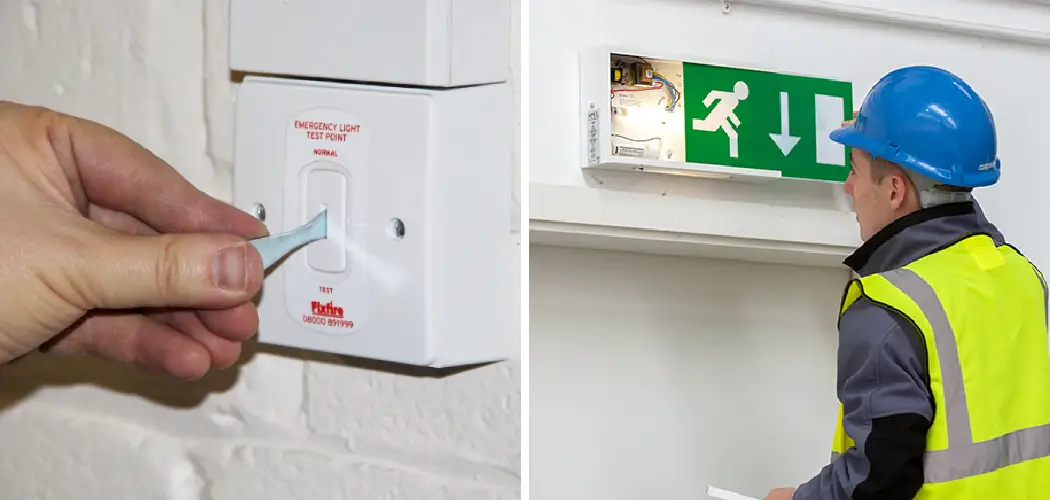Emergency lights are devices designed to provide illumination during power outages and emergencies. They are essential in ensuring the safety of people in a building, especially during evacuations.
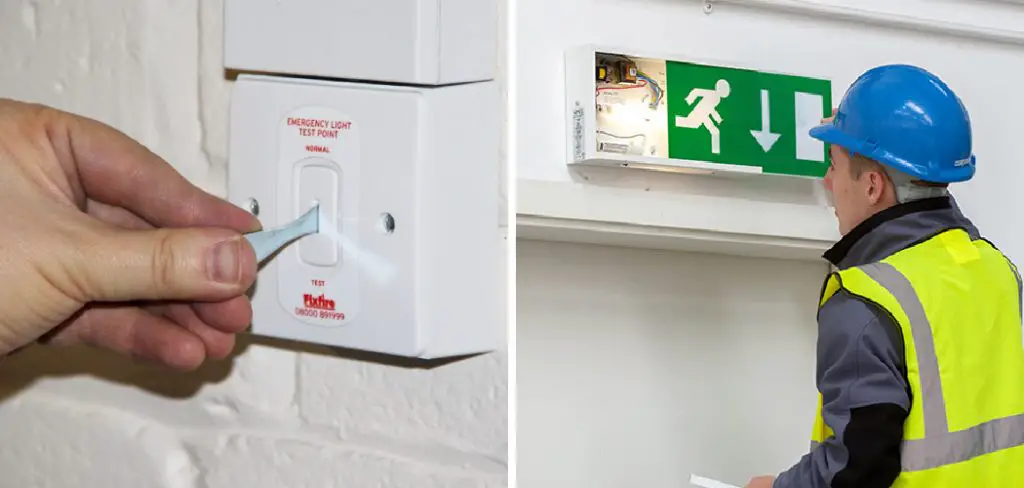
However, they are only effective if they are functioning properly. That’s why it is important to regularly test emergency lights to ensure they are in working order. In this blog, we will discuss some tips and tricks on how to test emergency lights.
Can You Test Emergency Lights?
Emergency lights are a crucial component when it comes to safety measures in any building. However, if they are not in working order when needed, they can fail to do what they were intended to do, which could potentially lead to dangerous situations.
Testing emergency lights may seem like a daunting task, but it is vital to ensure that they are always in working order. By doing so, you can be confident that they will provide sufficient illumination if the power goes out or in any other emergency situation. Conducting regular tests is crucial to ensure the safety of all those who rely on these lights in an emergency.
Why Should You Test Emergency Lights?
Emergency lights are a critical safety feature in any building, but they require maintenance to ensure they work properly when needed most. Regular testing of emergency lights is essential to ensure they’re operating correctly and that their battery backup is in good condition.
In the event of a power outage or fire, emergency lights will guide people to safety and potentially save lives. Emergency lights may not function when needed without proper testing and maintenance, leaving occupants in danger.
Don’t wait for an emergency to discover your emergency lights aren’t working. Regularly testing them will provide peace of mind and help keep your building’s occupants safe.
How To Test Emergency Lights: Tips and Tricks
1. Read the Manufacturer’s Manual
Before testing the emergency lights, reading and understanding the manufacturer’s manual is important. The manual will provide important details on testing and maintaining the emergency lights. It will also provide information on the expected life span of the batteries and when to replace them. This information is important to ensure that the emergency lights are functioning properly.
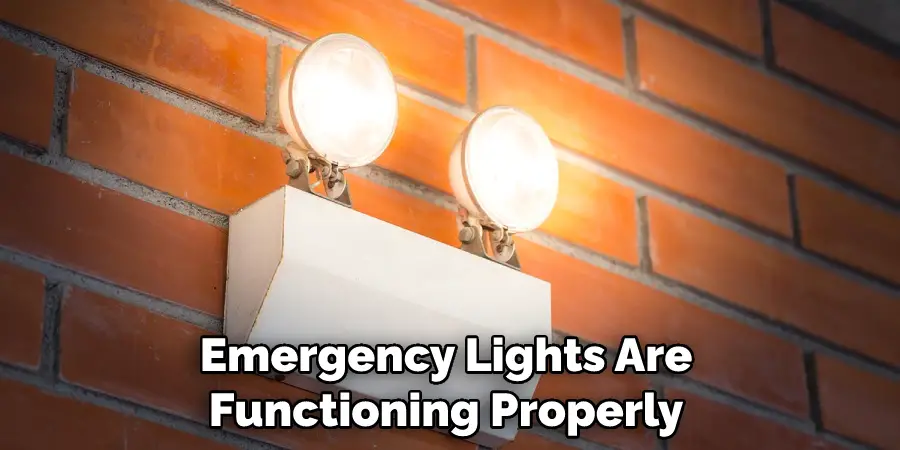
2. Perform Monthly Testing
Monthly testing is important to ensure the emergency lights are working. You should conduct the test on a set schedule, such as the first Tuesday of every month. During the test, ensure that all the lights turn on and remain on for the required duration. Additionally, check the charging status of the batteries.
3. Conduct Annual Testing
Annual testing is more thorough than monthly testing. During annual testing, the emergency lights are turned off for a minimum of 90 minutes to test if they will come on automatically during an emergency. You should record the date of the test and the results in a logbook.
4. Check for Damage
The emergency lights should be visually inspected for any signs of damage, such as cracks, discoloration, or melted parts. If any damage is found, it should be repaired or replaced immediately. Additionally, ensure that the lights are properly mounted and have not come loose or fallen.
5. Train Staff Members
Training designated staff members on how to test the emergency lights are essential. Ensure that they are familiar with the manufacturer’s manual and the testing schedule. This will ensure that the testing is consistent and performed correctly.
6. Replace Batteries
If the emergency lights rely on batteries for power, they should be replaced every three years. The manufacturer’s manual will provide information on the required type and capacity of batteries. It is recommended to replace all of the batteries at the same time to ensure uniformity.
7. Document Findings
It is important to document the results of testing in a logbook. This will provide a record of any issues or problems that were found during testing. Additionally, it is useful for tracking the life span of emergency lights and when they need to be replaced.
That’s it! You’ve now learned how to test emergency lights and the key steps to follow. Testing emergency lights regularly is essential for ensuring that they are functioning properly in an emergency. So, make sure you keep these tips in mind when testing your own emergency lights!
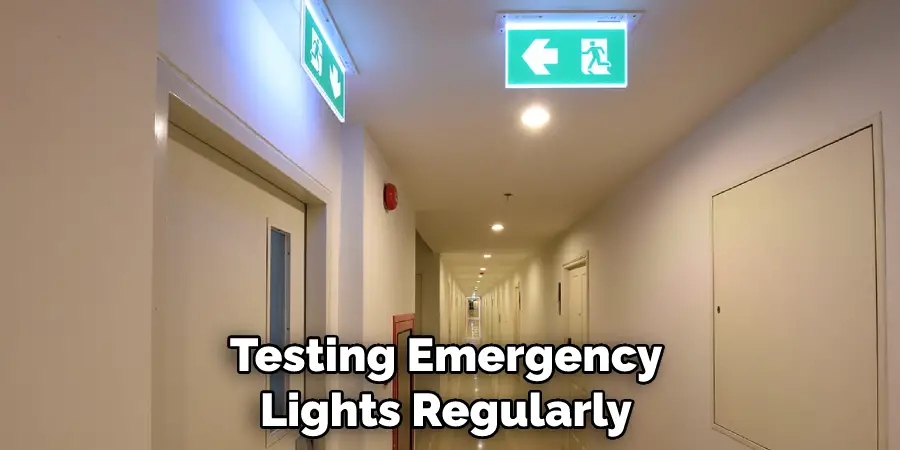
5 Considerations Things When You Need to Test Emergency Lights
1. Frequency of Testing
Emergency lights should be tested at least once a month to ensure that they are in working order. This testing should be done during daylight hours to spot any issues easily.
2. Method of Testing
There are two main methods of testing emergency lights: manual and automatic. Manual testing involves turning the lights on and off manually to check that they are working properly. Automatic testing uses a device that is connected to the emergency lights to test them on a regular basis.
3. Duration of Testing
Emergency lights should be tested for at least 30 minutes to ensure they will work for the full duration of an emergency.
4. Documentation of Testing
It is important to keep records of all emergency light tests that are conducted. These records should include the test’s date, time, and results.
5. Maintenance of Emergency Lights
In addition to regular testing, emergency lights should also be maintained on a regular basis. This maintenance includes cleaning the lights and checking the batteries to ensure that they are in good working condition. It is also important to review the instructions for emergency light use and replace any broken or worn parts.
By following these steps, you can make sure that your emergency lights are always working properly and ready in case of an emergency situation.
Benefits of Test Emergency Lights
Emergency lighting serves an essential role in any commercial or public establishment. It provides visibility during power outages or other emergency situations, enabling safe and efficient evacuations.
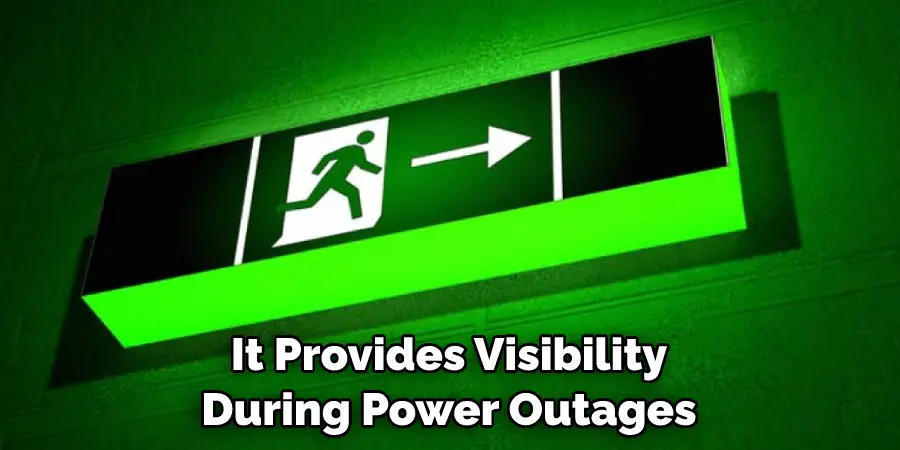
Regular maintenance of these lights can make all the difference when disaster strikes. Test emergency lights offer plenty of benefits to businesses and building management, such as ensuring they work correctly in moments when their performance could mean life or death for someone.
Regular testing prolongs the life of the bulbs, which saves money in the long run, and prevents liability lawsuits. Test emergency lighting allows the owner or manager to identify problems early and ensure that the system is always functioning as it should, providing the peace of mind and added protection they need.
4 Common Mistakes People Make When Trying to Test Emergency Lights
1. Not Testing Regularly
One of the most common mistakes people make when trying to test emergency lights is not testing them on a regular basis. Emergency lights are required by law to be tested monthly, and many people simply forget to do so. However, it’s important to remember that emergency lights can go out at any time, and it’s better to be safe than sorry.
2. Not Testing All Lights
Another mistake people make is only testing a portion of the emergency lights in their building. While it’s certainly better to test some of the lights than none at all, it’s important to remember that all of the lights need to be working in order for them to be effective. If even one light is not working, it could mean the difference between life and death in an emergency situation.
3. Not Following Testing Procedures
There are certain procedures that need to be followed when testing emergency lights, and many people simply don’t bother with them. For example, emergency lights need to be tested for a minimum of 30 minutes, and they need to be tested under conditions that simulate an actual power outage.
Many people simply turn off the lights for a few minutes and then turn them back on, but this doesn’t give the batteries enough time to discharge fully.
4. Not Checking Batteries
The batteries in emergency lights need to be checked on a regular basis, as they will eventually need to be replaced. Many people forget about this step, but it’s important to remember that batteries can go bad without any warning signs. If the batteries in your emergency lights are over five years old, replacing them just to be safe is a good idea.
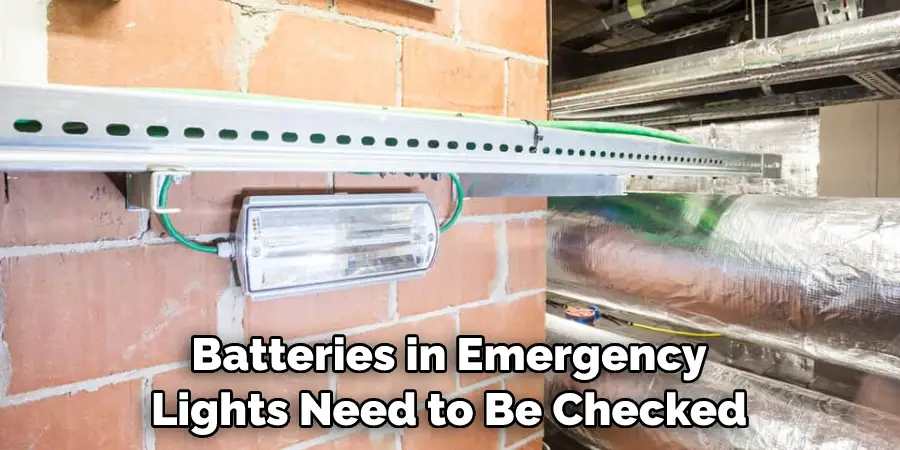
How Often Should You Test Emergency Lights?
Emergency lights are an essential part of a building’s safety system, providing a source of light in case of a power outage. But how often should you test them? Experts recommend testing emergency lights at least once a month to ensure they are in proper working condition.
A simple push of the test button can confirm whether the lights turn on and remain illuminated for the designated amount of time. It’s important to document all tests and any issues that arise to address them promptly. Regular testing of emergency lights can make all the difference in the event of an emergency, providing peace of mind and ultimately saving lives.
Conclusion
Testing emergency lights is important to ensure they function correctly during power outages and emergencies. It is recommended that monthly testing is conducted to ensure that the lights work and have proper battery life. Additionally, annual testing should ensure that the emergency lights will turn on automatically during an emergency.
Remember to check for damage, have the proper mounting, and train staff members. By following these tips and tricks, you will be prepared for any emergency situation that may arise. Thanks for reading our post about how to test emergency lights.

